|
Me Sahyadri |
|
Bhuleshwar - Part 1 |
|
1st January 2016 |
|
Volume 3, number 1 |
Please use minimum 1280 pixel horizontal screen
resolution for viewing. Please be patient while all the images in
webpage are loaded. Please do not use the images for any commercial
use without permission. Text in Marathi and English is not exact
translation. Please give sufficient time to allow the photographs to load. Special thanks to all my friends for very good assistance while making images, and to all those who helped me during the compilation and field work for the help and guidance. |
|
|
|
|
|
|
सह्याद्री (पश्चिम घाट) हा एक नैसर्गिक संपदेचा, वैविध्यतेचा, भौगोलिक व ऐतिहासिक ठेवा आहे. वाढत्या मानवी अतिक्रमणाचा, सह्याद्रीच्या विविध घटकांवर होणारा दुष्परिणाम भविष्यात आपल्यालाच धोका निर्माण करेल, यात शंका नाही. शुद्ध पाणी, हवा व उर्जा, भावी पिढीला मिळण्यासाठी, नंद्यांचे उगम असलेला सह्याद्री व त्याभागातील जंगले टिकवणे महत्वाचे आहे. सह्याद्रीच्या महत्वाच्या घटकांचे महत्व छायाचित्रांद्वारे प्रकट करण्याचा मी येथे प्रयत्न केला आहे. येथील पक्षी, प्राणी, वनस्पती, अधिवास, किल्ले व लेणी अशा विविध विषयांबद्दल आपण समजुन घेऊ.
|
|
Western ghats, or Sahyadri as we all call it as, is a treasure trove of spectacular landscapes, biodiversity, flora, fauna, some amazing geological wonders and manmade monuments. With the increasing pressure from human encroachment, all these elements are under stress and in turn are under depletion. Western ghats should be left untouched by human beings, to protect their future generations from getting short of resources, such as water, energy and clean air. The important elements of western ghats, which need protection are highlighted in the new version of Photo journal , Me Sahyadri Magazine. The various issues of journal have a brief of inspiring subjects such as birds, mammals, forts, ancient caves, snakes and the ambiance.
|
|
|
| |
 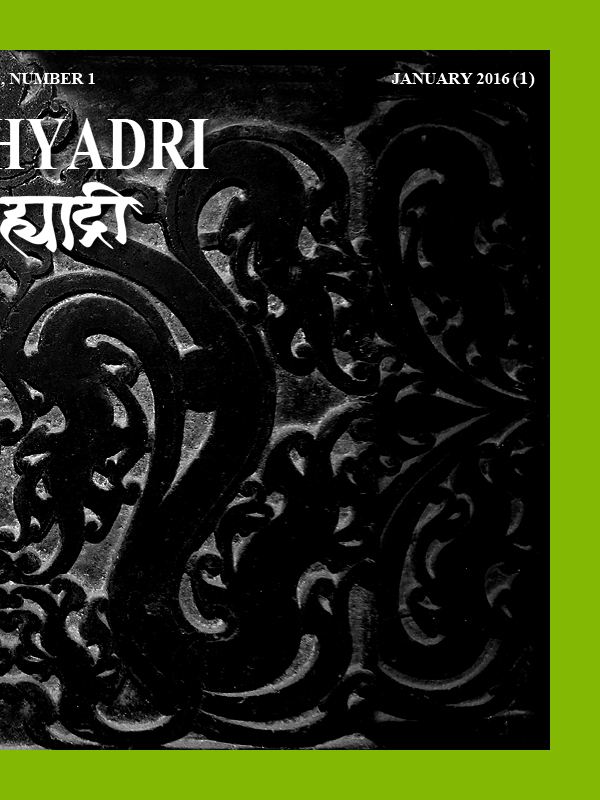
|
| |
| Me Sahyadri – January 2016 - Bhuleshwar - Part 1
|
| |
|
|
पुण्याच्या आग्नेय दिशेला, डोंगरमाथ्यावर भुलेश्वर मंदिर आहे. सिंहगडापासुन पुर्वेस पसरलेल्या भुलेश्वर डोंगररांगेच्या शेवटी दौलत मंगल गडाच्या तटबंदीत भुलेश्वरचे सुंदर मंदिर आहे. हेमांडपंती रचनेच्या या मंदिराने इतिहासाची सोनेरी व काळी पर्व पाहिली आहेत. मुळच्या यादवकालीन मंदिरात काळानुरुप बदल घडत गेला आहे. शत्रुच्या आक्रमणात येथे नासधुस झालेली दिसते. येथे जीर्णोद्धार, तटबंदी झालेली दिसते. मंदिरातील खांबांवर असलेल्या नक्षीकामाची काही चित्रे या चित्रनिबंधात मांडली आहेत. मंदिराच्या अंतर्गृहात असलेल्या खांबांवर सुंदर नक्षीकाम आहे. बाहेरच्या खांबांवर साधारण नक्षीकाम आहे. भुलेश्वर ची किमया मंदिरापुरती मर्यादित नसुन येथील मुळ अथांग निसर्गात खरा देव भासतो. कऱ्हा पठाराच्या टोकावर असलेल्या या मंदिराभोवती अप्रतिम गवताळ माळरान आहे. या माळावरच्या किमयागारांची काही प्रकाशचित्रे या चित्रनिबंधात मांडली आहेत. जणु मानवनिर्मित सौंदर्य व निसर्गसौंदर्याची जुगलबंदी ! भविष्य मात्र निसर्गाविरुद्ध आहे असे वाटते. वाढत्या शहरिकरणामुळे येथील निसर्ग लोप पावत आहे.
|
|
Bhuleshwar is the ancient temple, located on south east of Pune, at the eastern end of Bhuleshwar hill range. The temple has Hemandpanti structure, modified, restored, damaged and fortified in various times in the History. The temple is assumed to be from Yadav era, however no direct inscriptions are available about the origin of the temple. There are various aspects of this temple from the visitors point of view. One of the aspect is about the pillars. The pillars from main Antargriha are ornamented with designs carved on the pillars. The outer pillars are from later period are roughly ornamented. In the photoessay I have shown some of the ornamental designs of the pillars of Bhuleshwar. But the story does not stop here. The Bhuleshwar is located in the dry arid area with small hills. The grassland around Bhuleshwar and Karha Platue is in great endanger due to the impending urbanization and use of land for non agricultural purpose. This has created great danger for the wild habitants of the plateau. Though traditionally these habitants were indirectly protected by the farmers on the plateau, the future looks blink. Some of the key highlights of beauty of Bhuleshwar temple as well as Bhuleshwar grassland are displayed here. I hope you will like the beauty of nature and art.
|
|
|
 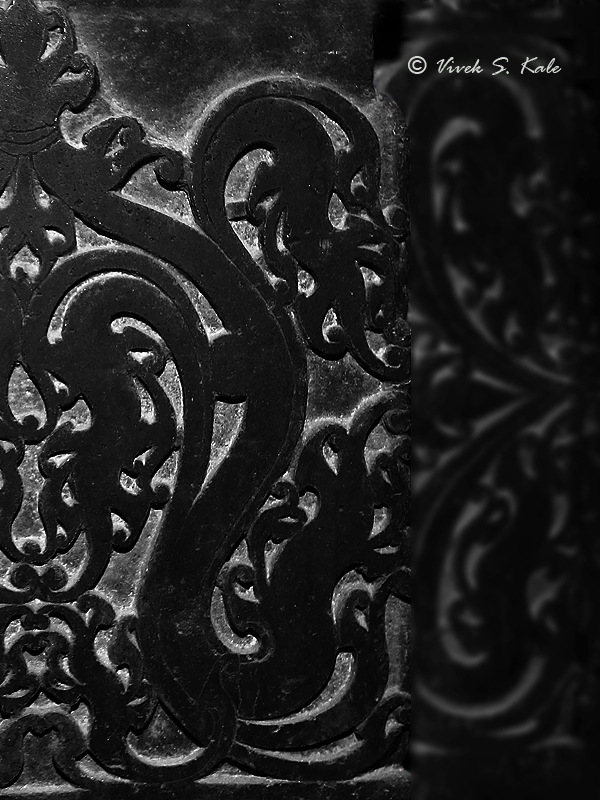
|
| |
| Ornamental design on temple pillars, Bhuleshwar, Pune district, Western ghats, Maharashtra, India
|
| |
|
|
|
|
The lower level of the temple is made of rocks, with the its shikhar in bricks. The Shikhar is plastered with stucko. The lime stucko plaster has been recently retouched by ASI on the main Shikhara. The shikhara tower is dome shaped with minarets around the central dome. There are total 32 minarets on main shikhara tower, which consist of four main minarets. There are chatris on 4 sides of the main tower of the temple. The chatris house various deities. In this photoessay only the main Tower is presented in form of few photographs.
|
|
|
| |
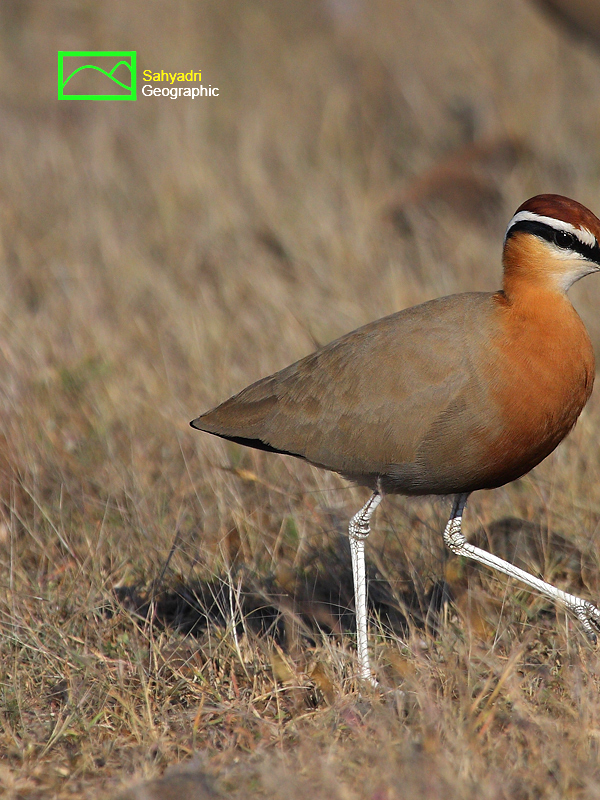 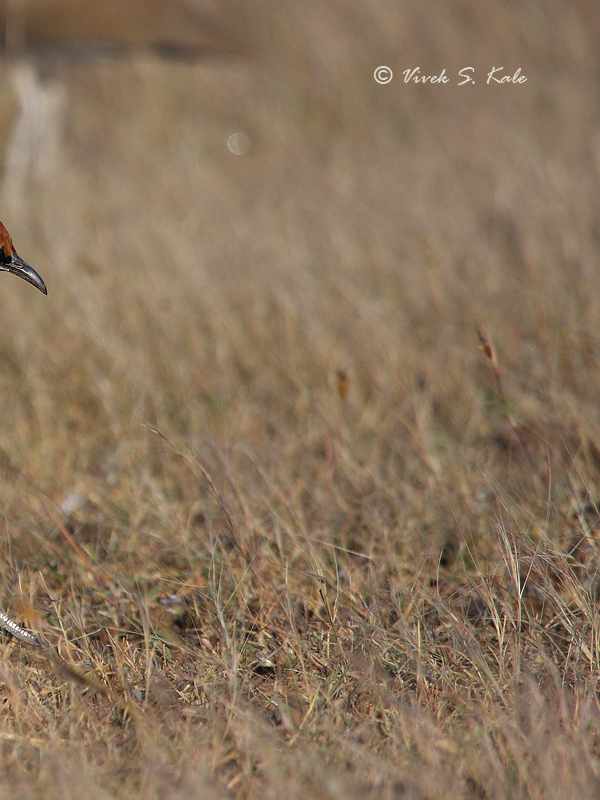
|
| |
| Cursorius coromandelicus, Indian courser, Bhuleshwar grassland, Pune district, Western ghats, Maharashtra, India
|
| |
|
|
धाविक हा पक्षी गवताळ माळरानावर रहातो. त्याच्या या अधिवासात लपणारे अशी त्याची रंगभुषा असते. १० ते २० पक्ष्यांच्या गटागटाने ते गवतात फिरताना आढळतात. त्यांच्या जवळ गेल्यास ते पळु लागतात. म्हणुन त्यांना धाविक असे म्हणतात. उंच सफेद पाय, फिक्या तपकिरी रंगाचा व डोळ्यांवर सफेद आडवी लकेर असे याचे रुप असते. दुर्दैवाने गवताळ माळरान म्हणजे निरुपयोगी जमिन या मानवाच्या धारणेमुळे वेगाने याचा माळरान अधिवास लुप्त होत आहे. मोकळ्या रानावर उघड़्यावरच घरटे करणाऱ्या या पक्ष्याच्या संख्येत शहरीकरणामुळे घट होताना दिसते.
|
|
The Indian courser is one of the enigmatic birds of Indian dry grasslands.
These birds are seen in small flocks of 10-20 birds.
They nest in open in dry rocky grasslands. Coursers walk in the grass looking for the food.
These birds walk a lot and are called as "dhaavik" in marathi, meaning the runners.
Their camouflage is very interesting and is called as obliterative coloration.(graduating tones, with colors which are same as the habitat)
Their crown is rich rufous, The black strips pass through the eyes and the white strip pass above the eyes merging together at the neck behind. Their legs are long with beautiful silver white coloration.
The bird is very elegant. Unfortunately its habitat is being destroyed around the urban regions.
Often the bird is seen in very small grassland strips in the midst of cultivated farms.
|
|
|
| |
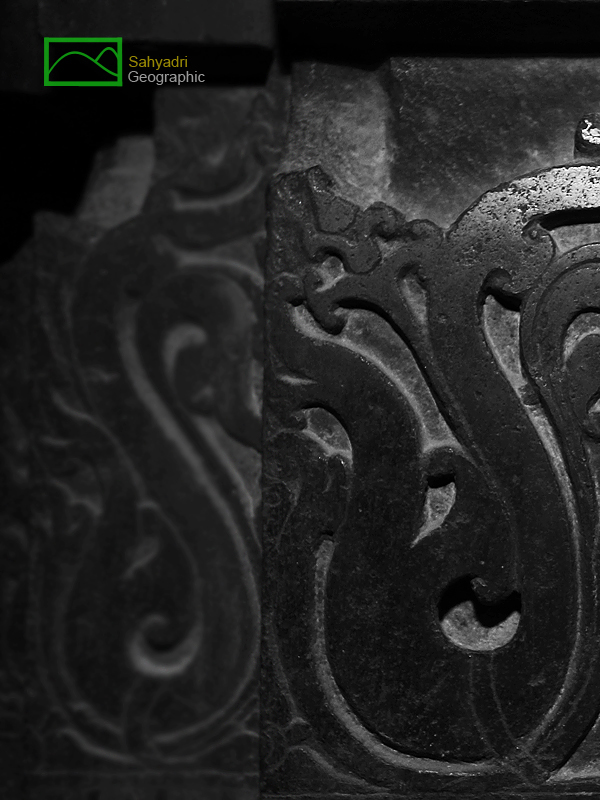 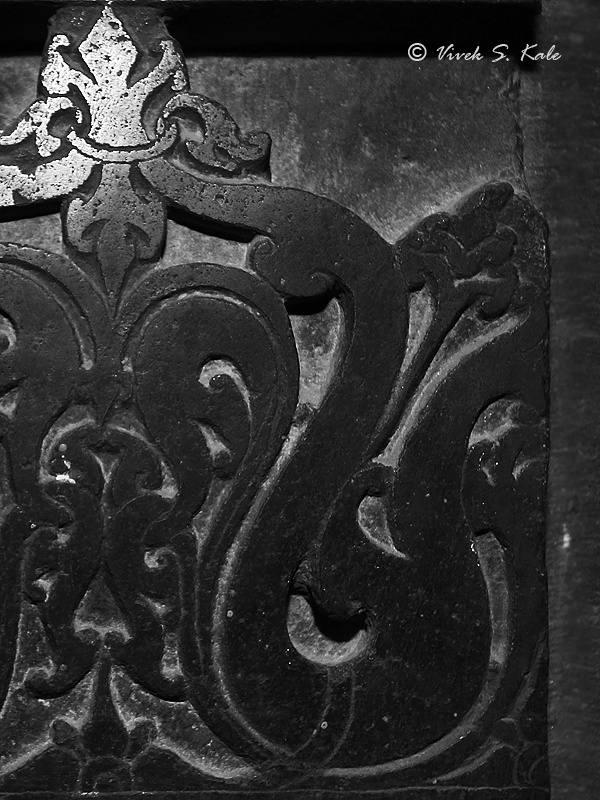
|
| |
| Ornamental design on temple pillars, Bhuleshwar, Pune district, Western ghats, Maharashtra, India
|
| |
|
|
| |
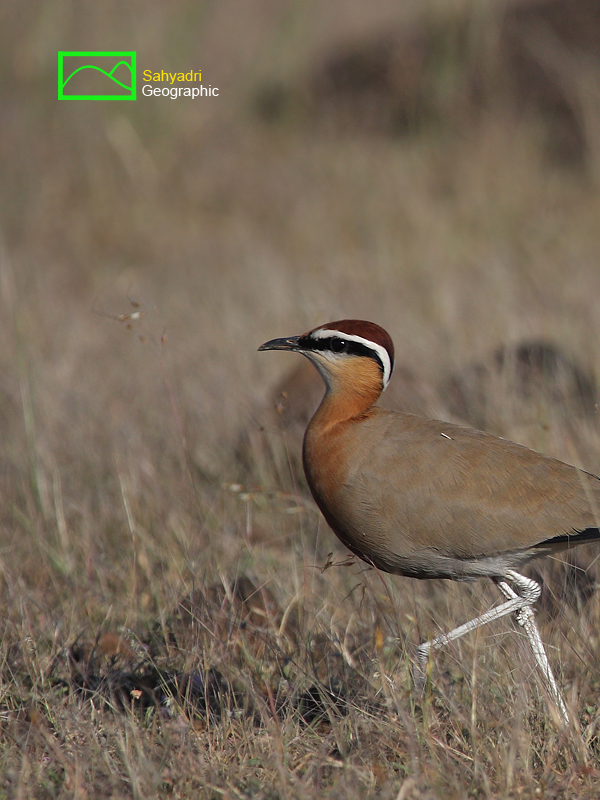 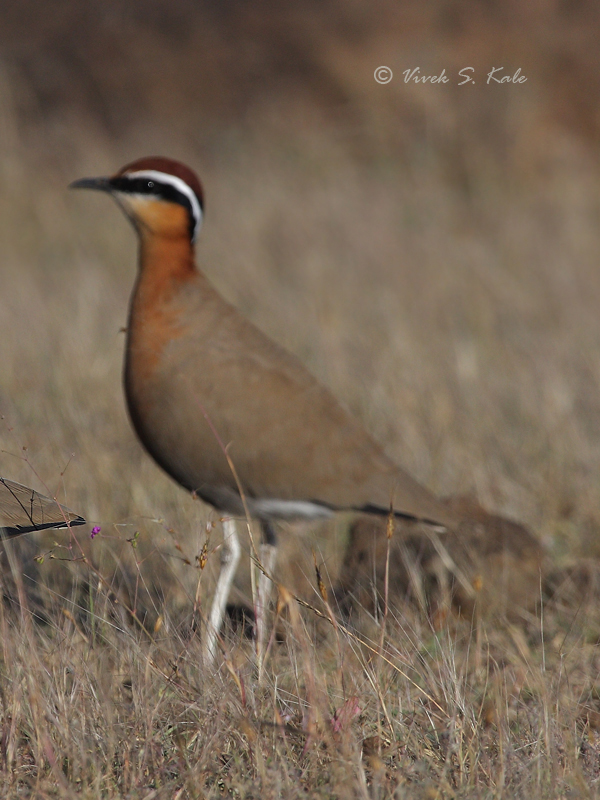
|
| |
| Cursorius coromandelicus, Indian courser, Bhuleshwar grassland, Pune district, Western ghats, Maharashtra, India
|
| |
|
|
| |
 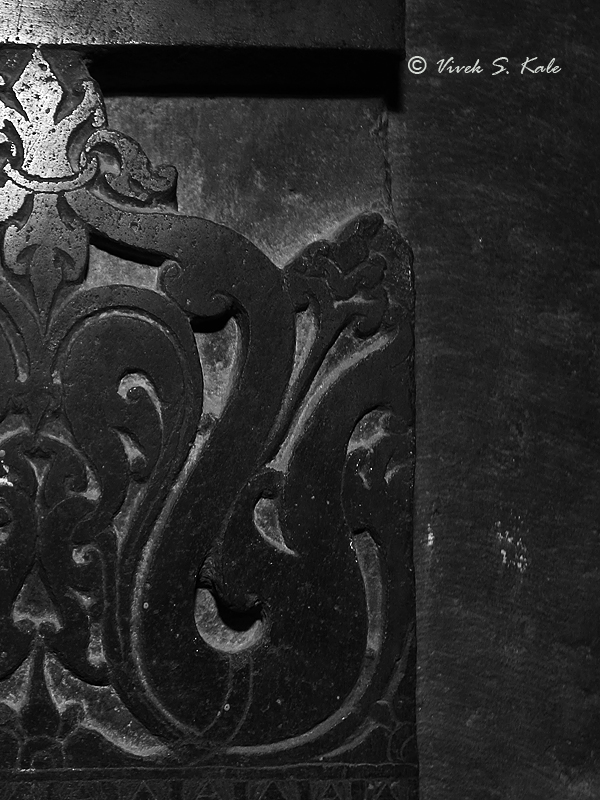
|
| |
| Ornamental design on temple pillars, Bhuleshwar, Pune district, Western ghats, Maharashtra, India
|
| |
|
|
| |
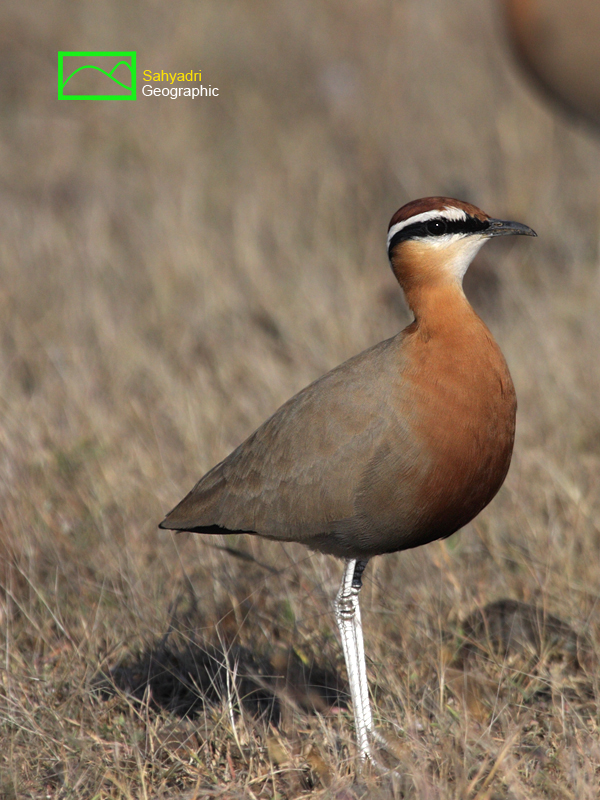 
|
| |
| Cursorius coromandelicus, Indian courser, Bhuleshwar grassland, Pune district, Western ghats, Maharashtra, India
|
| |
|
|
| |
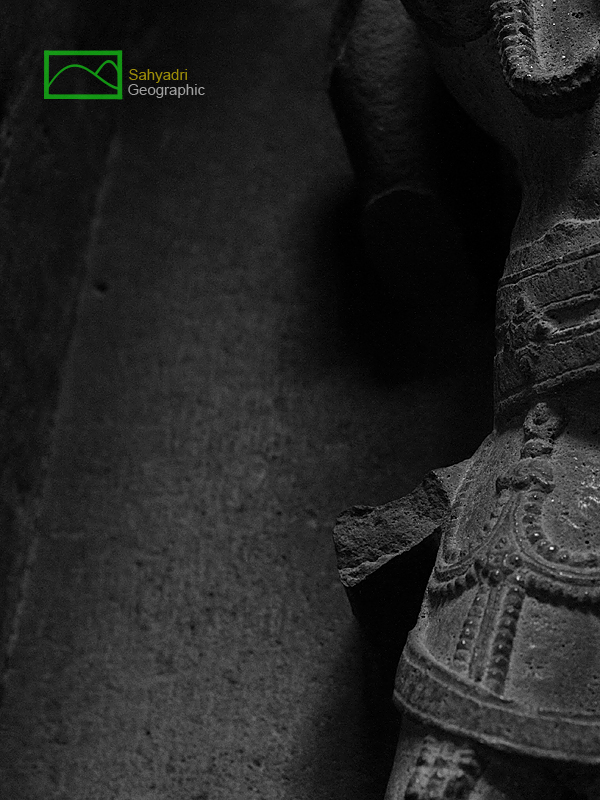 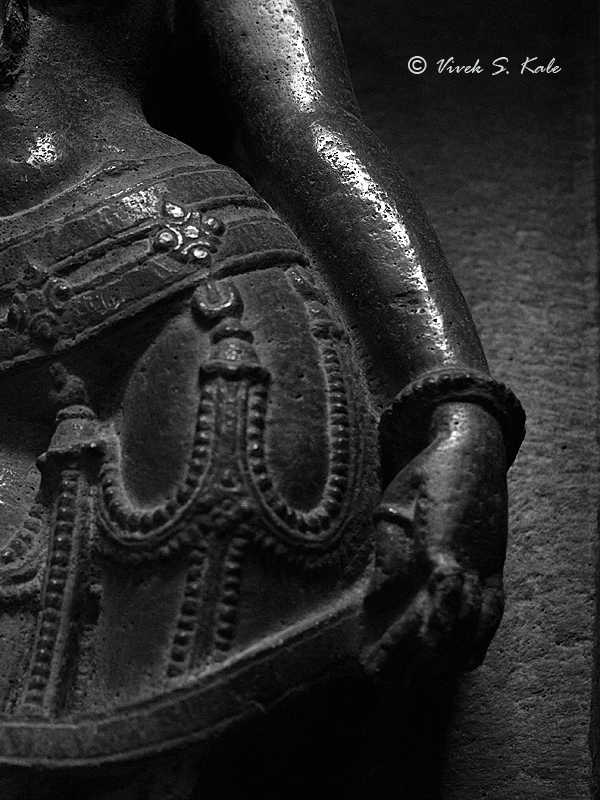
|
| |
| Ornamental design on temple pillars, Bhuleshwar, Pune district, Western ghats, Maharashtra, India
|
| |
|
|
| |
 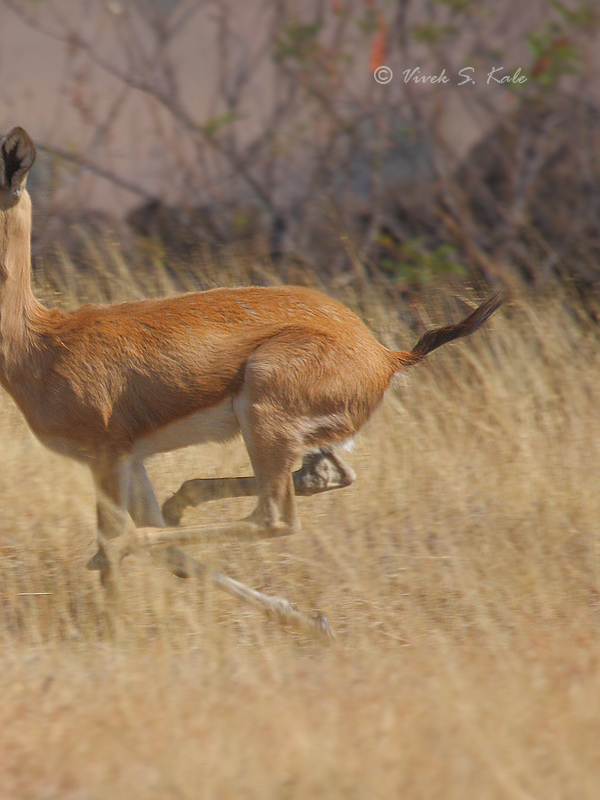
|
| |
| Gazella bennettii, Chinkara, Indian gazelle, Bhuleshwar grassland, Pune district, Western ghats, Maharashtra, India
|
| |
|
|
चिंकारा हा काळविटापेक्षा लहान, अंगाने नाजूक पण चपळ व देखणा प्राणी आहे. वायव्य व मध्य भारतात तो कृष्णा खोऱ्याच्या उत्तरेस आढळतो. लहान कळपात रहाणारा हा प्राणी पाण्याशिवाय अनेक दिवस काढू शकतो. तो उजाड माळरानांवर, वाळवंटात आढळतो. बेकायदा शिकार व त्याच्या अधिवासात होणाऱ्या मानवी अतिक्रमणामुळे चिंकाराचे अस्तित्व हळुहळु धोक्यात येत आहे.
|
|
Chinkara is a slender bodied antelope, which lives in a small herd of 10-20 individuals. The animal is seen in rocky areas, thin forested areas, scrub covered hills. It is also seen in sand dunes in desert. Its food is grass and leaves. It takes its water from vegetation and dew, if water is not available. The population of Chinkara in India is affected due to illegal hunting and habitat destruction.
|
|
|
| |
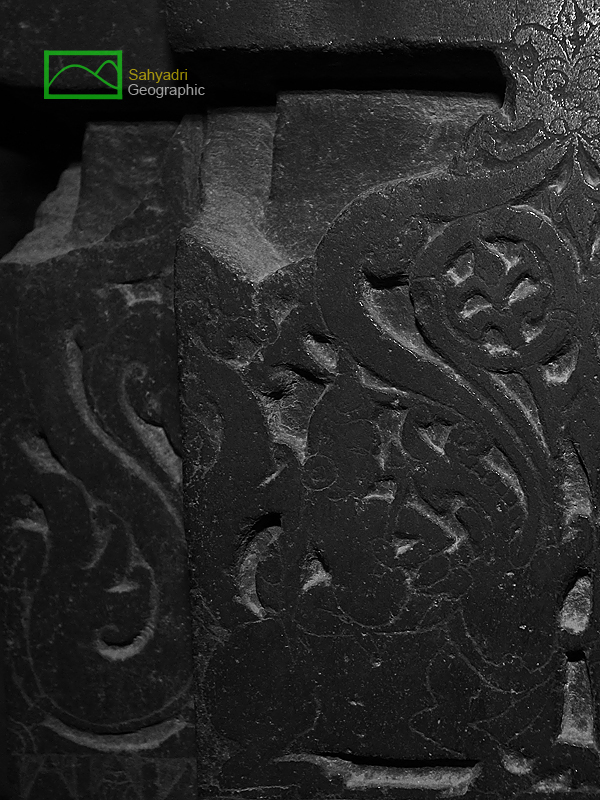 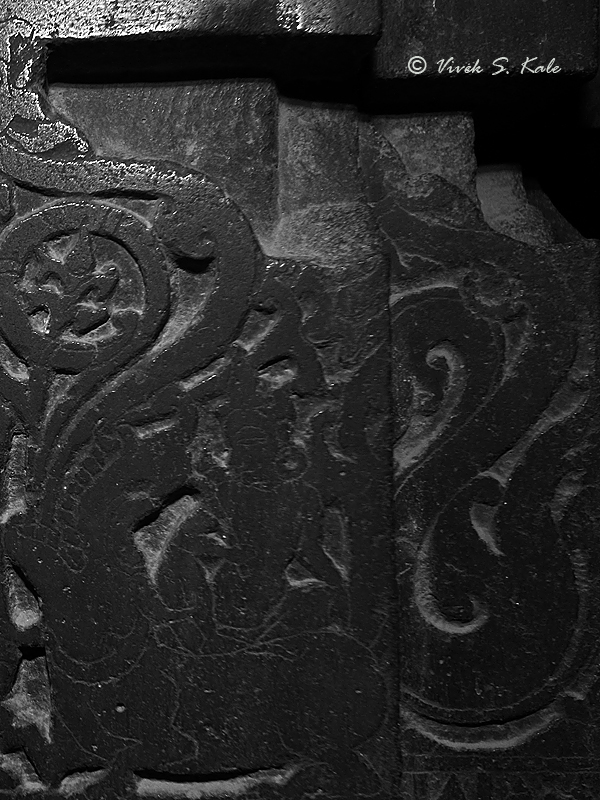
|
| |
| Ornamental design on temple pillars, Bhuleshwar, Pune district, Western ghats, Maharashtra, India
|
| |
|
|
| |
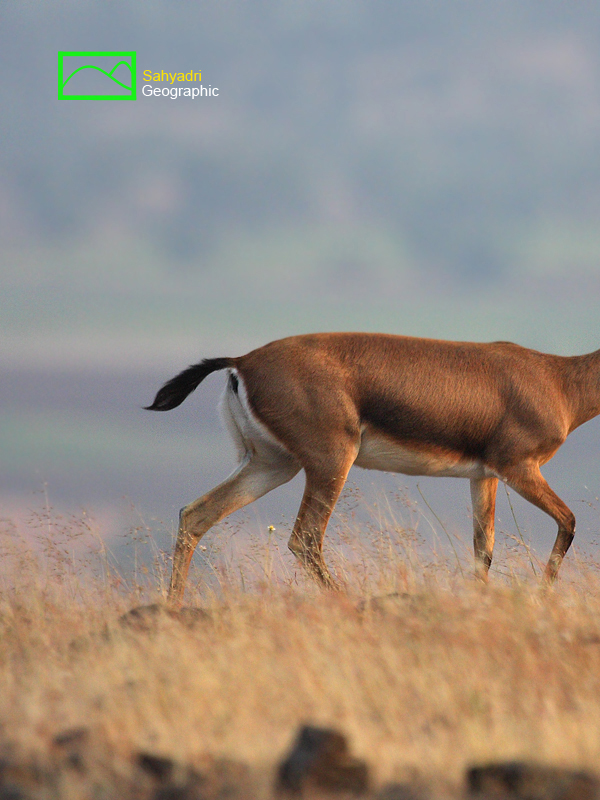 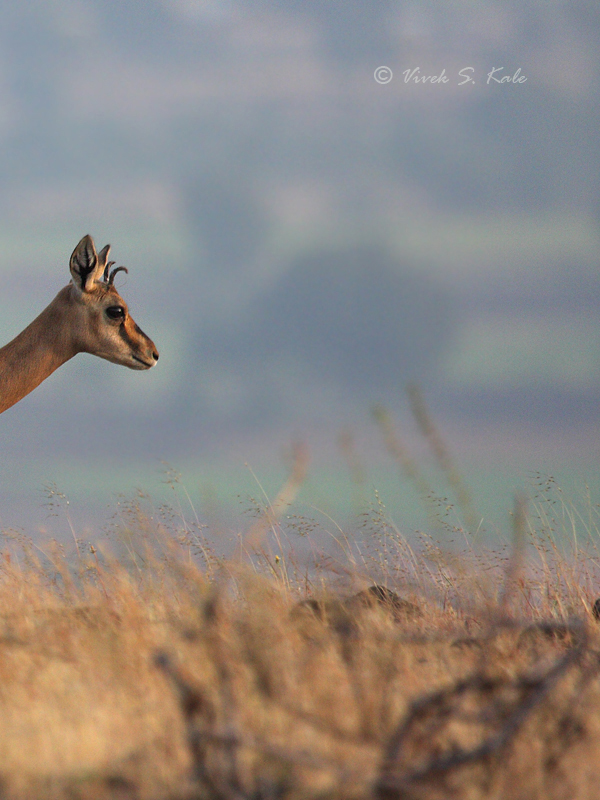
|
| |
| Gazella bennettii, Chinkara, Indian gazelle, Bhuleshwar grassland, Pune district, Western ghats, Maharashtra, India
|
| |
|
|
| |
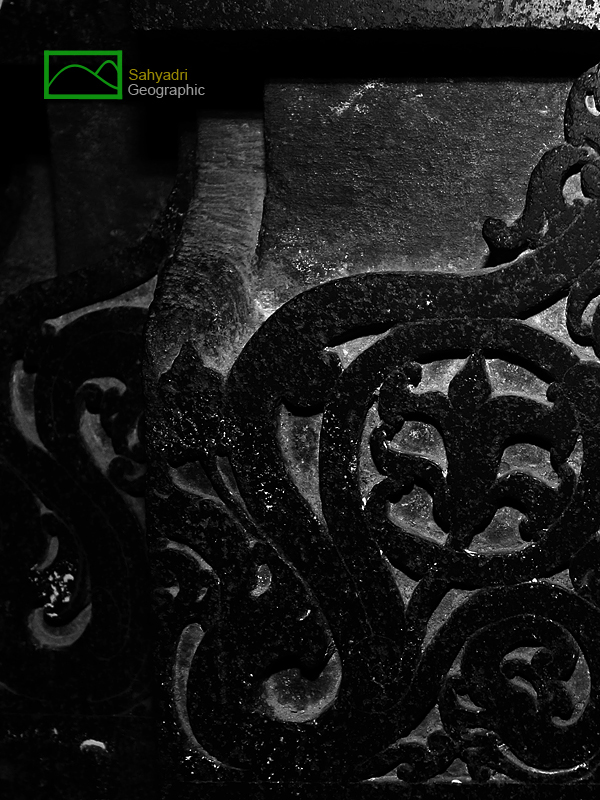 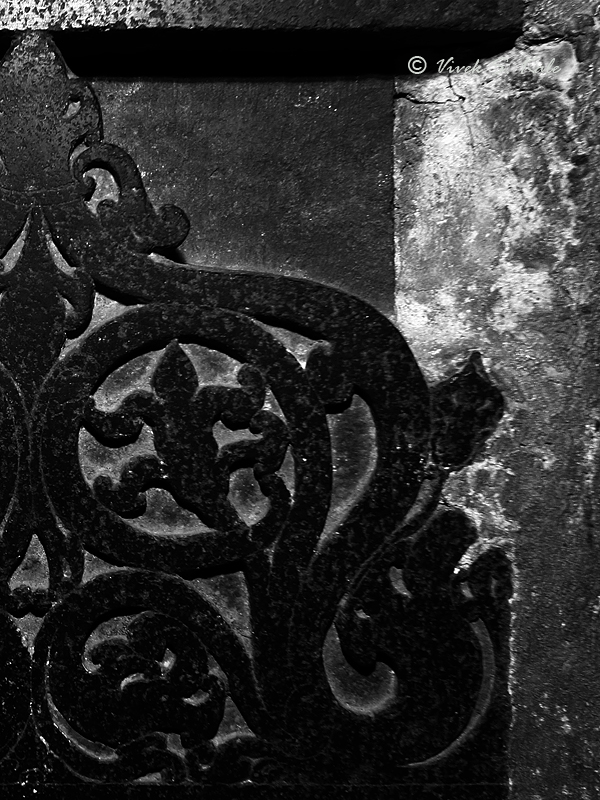
|
| |
| Ornamental design on temple pillars, Bhuleshwar, Pune district, Western ghats, Maharashtra, India
|
| |
|
|
| |
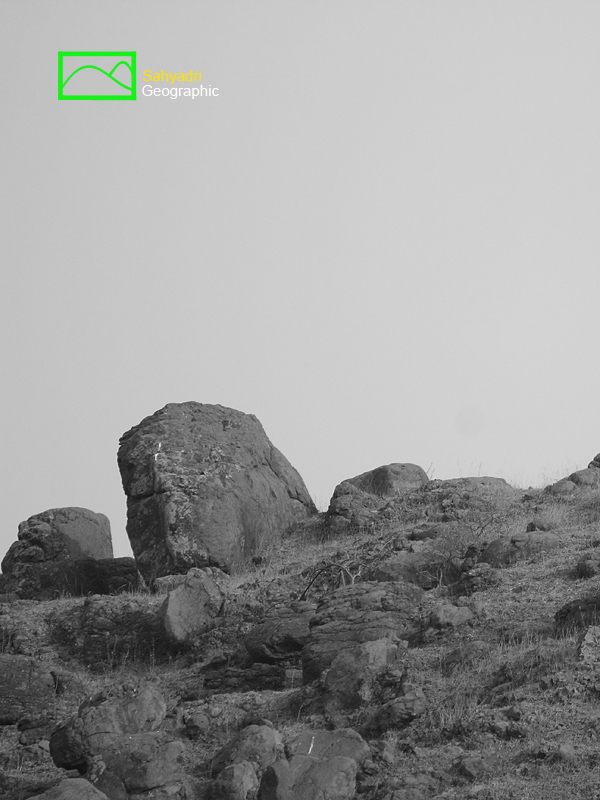 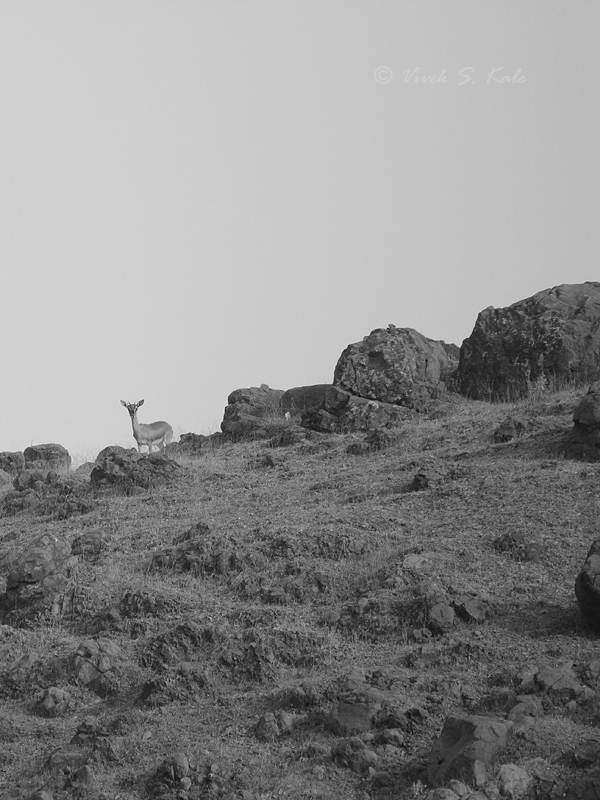
|
| |
| Gazella bennettii, Chinkara, Indian gazelle, Bhuleshwar grassland, Pune district, Western ghats, Maharashtra, India
|
| |
|
|
| |
 
|
| |
| Ornamental design on temple pillars, Bhuleshwar, Pune district, Western ghats, Maharashtra, India
|
| |
|
|
| |
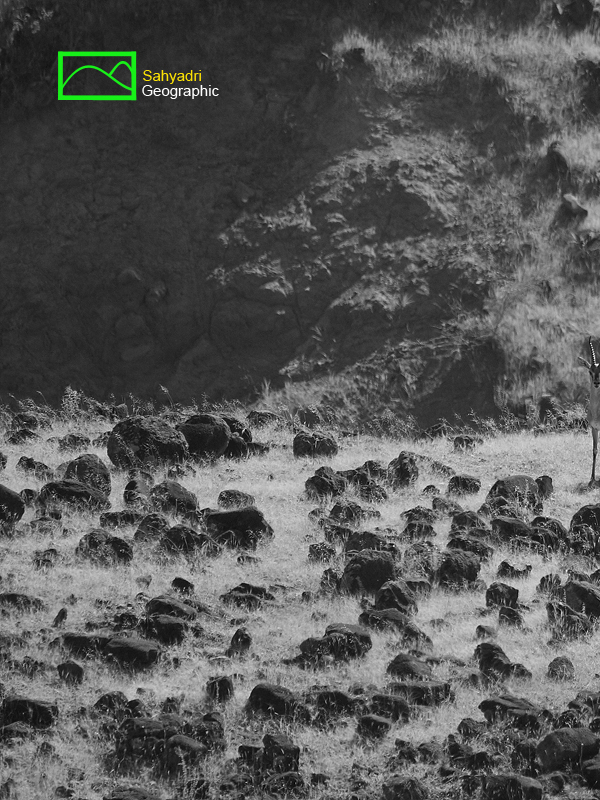 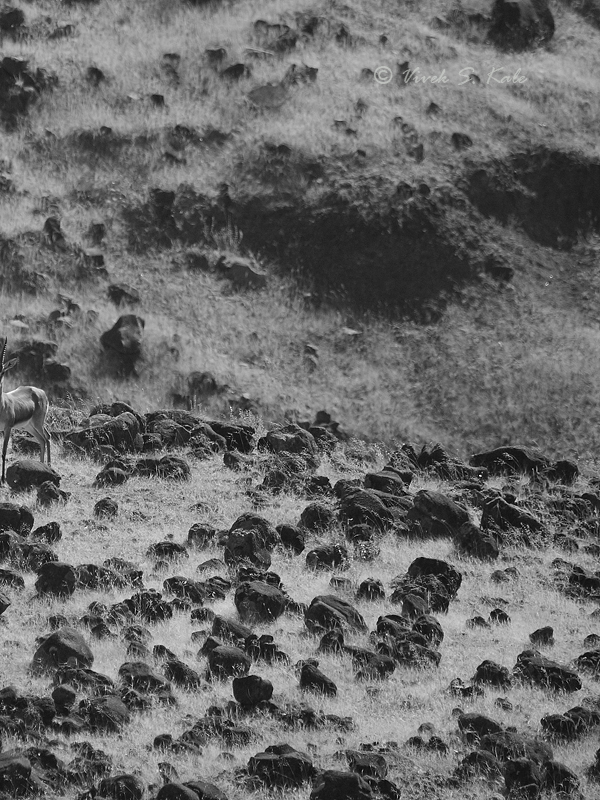
|
| |
| Gazella bennettii, Chinkara, Indian gazelle, Bhuleshwar grassland, Pune district, Western ghats, Maharashtra, India
|
| |
|
|
| |
 
|
| |
| Ornamental design on temple pillars, Bhuleshwar, Pune district, Western ghats, Maharashtra, India
|
| |
|
|
| |
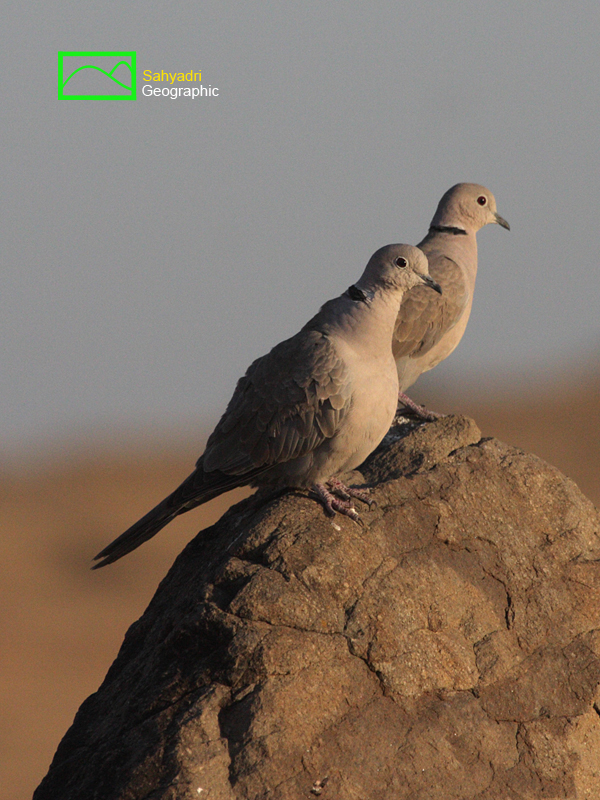 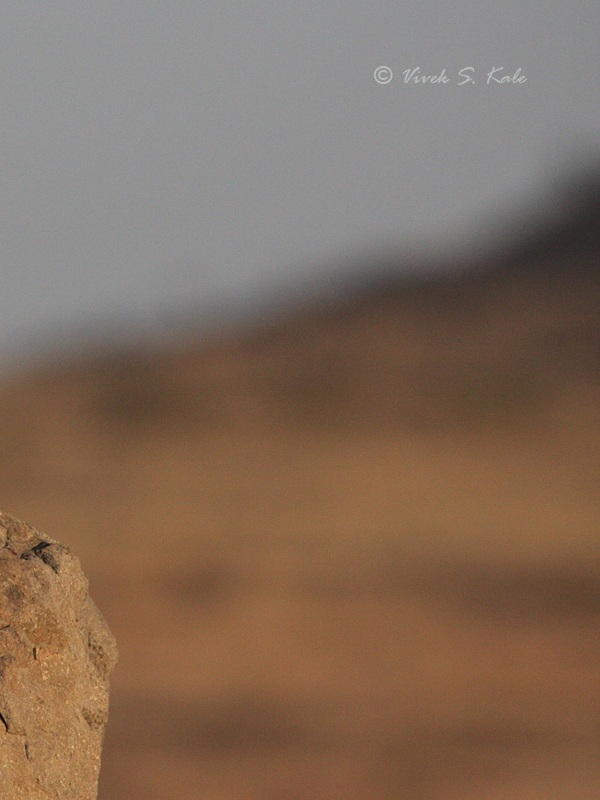
|
| |
| Streptopelia decaocto, Eurasian Collared dove, Bhuleshwar grassland, Pune district, Western ghats, Maharashtra, India
|
| |
|
|
कॉलरवाला पारवा रुक्ष भागात आढळणारा मध्यम आकाराचा पारवा आहे. करड़्या आकाराचा हा पारव्याला गळ्याच्या मागच्या बाजुस काळ्या रंगाची कॉलरसारखी लकेर असते. त्याचे आखुड पाय लाल रंगाचे तर चोच काळी असते, हा पक्षी स्थानिक असला तरी त्याचे क्षेत्र हळुहळु विस्तारत आहे.
|
|
|
|
|
| |
 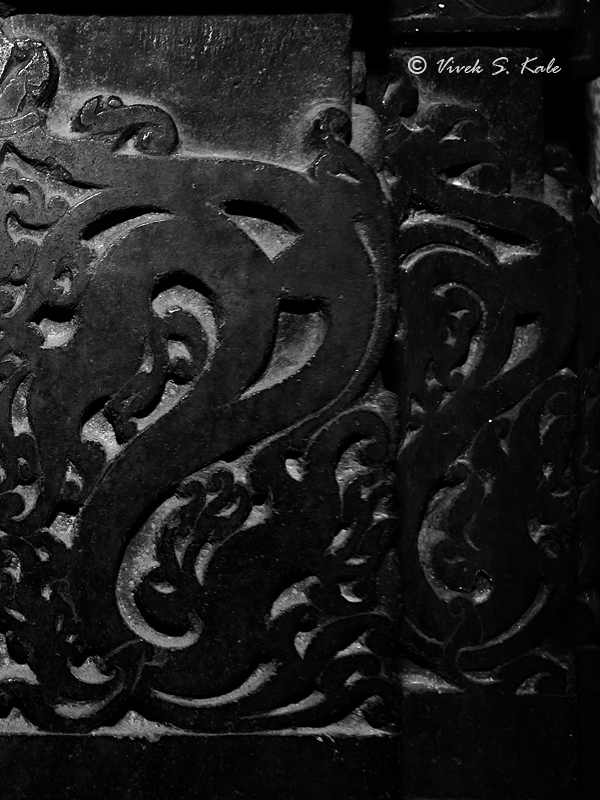
|
| |
| Ornamental design on temple pillars, Bhuleshwar, Pune district, Western ghats, Maharashtra, India
|
| |
|
|
| |
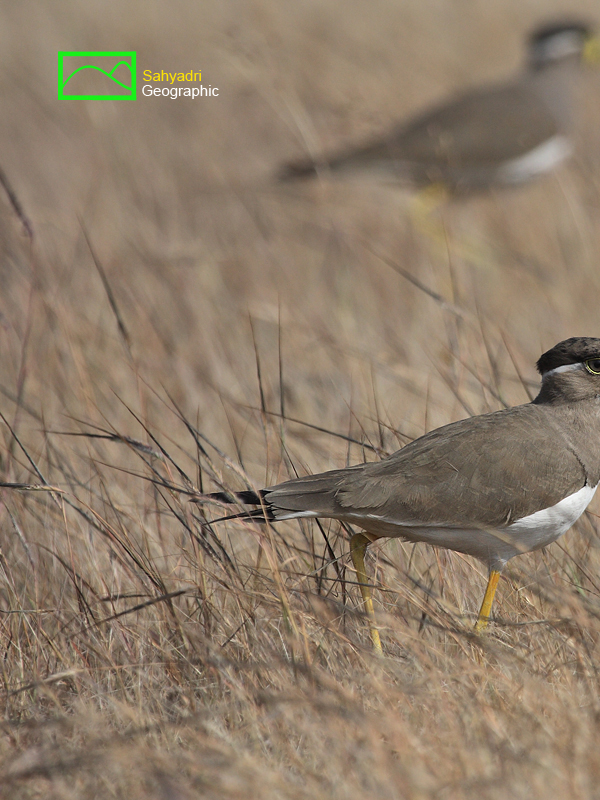 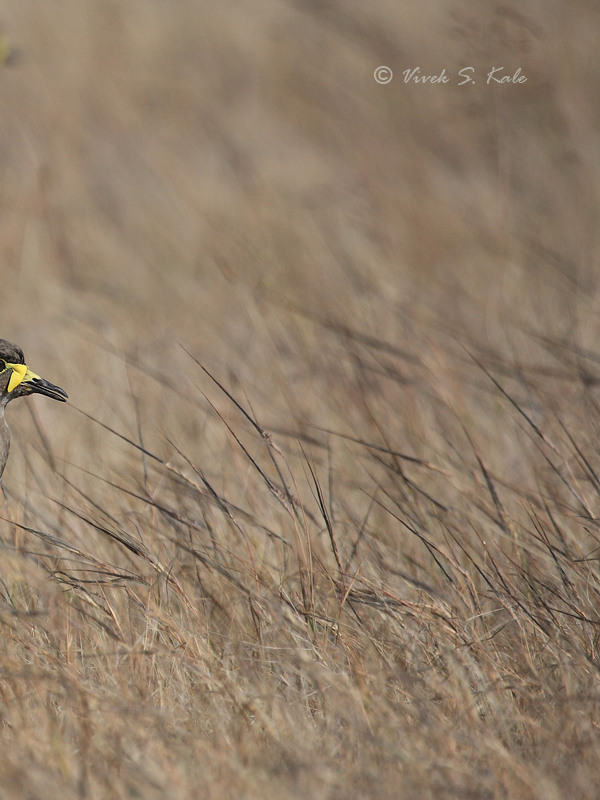
|
| |
| Vanellus malabaricus, Yellow wattled lapwing, Bhuleshwar, Pune district, Western ghats, Maharashtra, India
|
| |
|
|
पिवळ्या रंगाची मांसल गाठण (वॅटल) असलेला हा पक्षी पितमुखी टिटवी असा ओळखला जातो. लालमुखी टिटवी पेक्षा आकाराने लहान असणारा हा पक्षी माळरानावर आढळतो. दोन चार च्या संख्येत आढळणाऱ्या या टिटवी, गवतावर झुकुन मान खाली करुन किडे खाताना माळरानावर दिसतात. दुपारच्या वेळेत बाभळीच्या सावलीत विसावतात. यांच्या डोळ्याच्या व चोचीच्या मध्ये पिवळी गाठण असते. त्याचा ते अलंकार म्हणुन वापर करतात. आपल्या जोडीदाराला आकर्षण म्हणुन त्याचा त्यांना वापर होत असावा. पोटाकडे सफेद असणारी टिटवी वरच्या भागात करड़्या राखाडी रंगाची असते. वरुन उडणाऱ्या शिकारी पक्ष्यांपासुन त्यामुळे त्याचे संरक्षण होते. त्याचा हा रंग आजुबाजुच्या माळरानात मिसळुन जातो. डोक्यावर काळा टोपीसमान भाग असतो. त्याचे पाय पिवळे असतात. मुळ स्वभाव लाल टिटवी सारखा असला तरी ह्याचे चित्त लाल टिटवीच्या तुलनेत शांत असते. इतर माळरानांवरच्या पक्ष्यांप्रमाणे तो त्याचे घरटे जमिनीवर करतो.
|
|
Yellow wattled Lapwing, Vanellus malabaricus is a bird seen in the arid region all across India, (25 cm). The bird is often seen in a group of 2-6 members, in dry grasslands on the ground, looking for insects. In the afternoon these birds are seen relaxing in shadows under the trees. As the name suggests, the bird has yellow wattle between its eyes and bill. The wattle is an ornamental organ. It is mainly useful as an ornament for courting mates. Larger wattle indicates good health, nutrition and ability to survive. Many other birds such as red headed vulture, red Jungle fowl, red wattled lapwings etc. also have similar organ called as wattle. Yellow wattled lapwings have sandy grey upperparts with white underbody and black crown. As compared to red wattled lapwing the yellow wattled lapwings are less noisy and smaller in size. The various colors of the iris of this bird have been recorded. The colors recorded are pale yellow, silver grey and brown. Interestingly the iris of the bird in the image here is dual, silver grey at the top and brown in the lower portion of iris. The eyes are surrounded by a thin yellow circle. The consistency of the black color on the crown is disturbed by small sandy grey patches. The white patch behind both the eyes meet at the backside. The bird is known as Pitamukhi Titvi in Marathi.
|
|
|
| |
 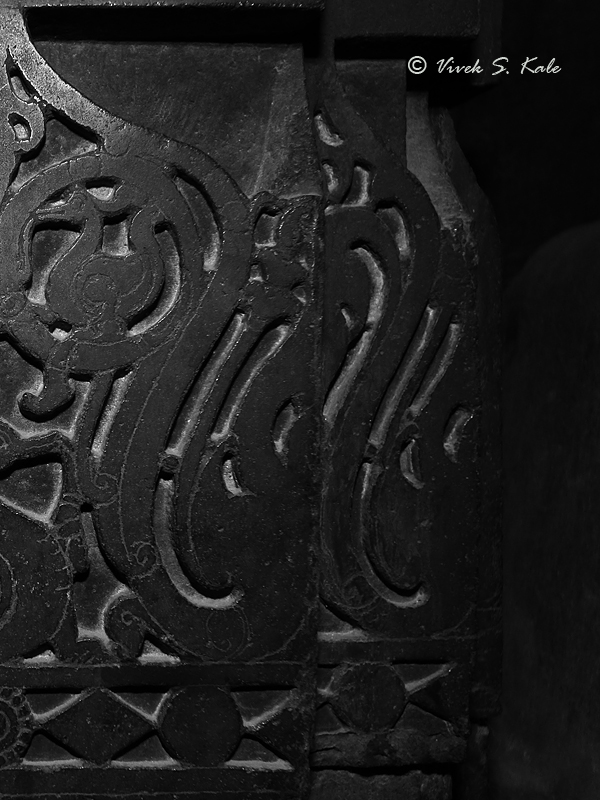
|
| |
| Ornamental design on temple pillars, Bhuleshwar, Pune district, Western ghats, Maharashtra, India
|
| |
|
|
| |
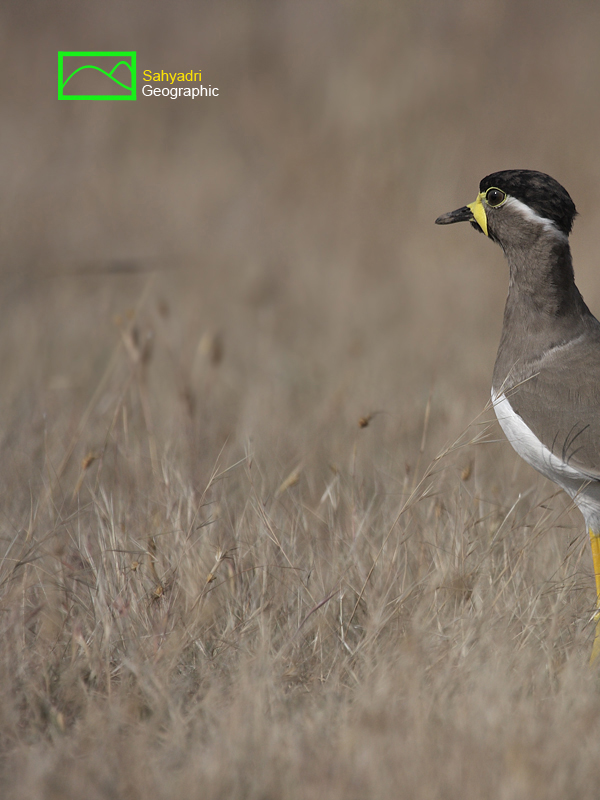 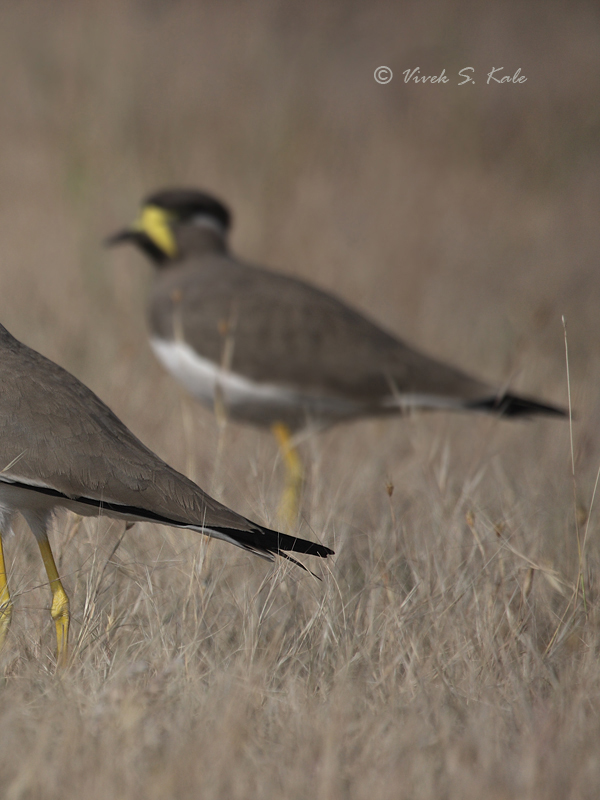
|
| |
| Vanellus malabaricus, Yellow wattled lapwing, Bhuleshwar, Pune district, Western ghats, Maharashtra, India
|
| |
|
|
| |
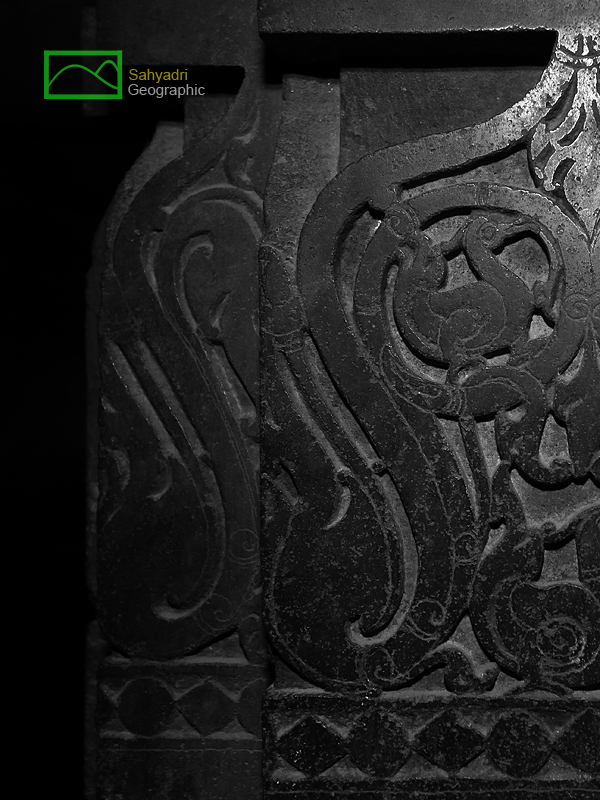 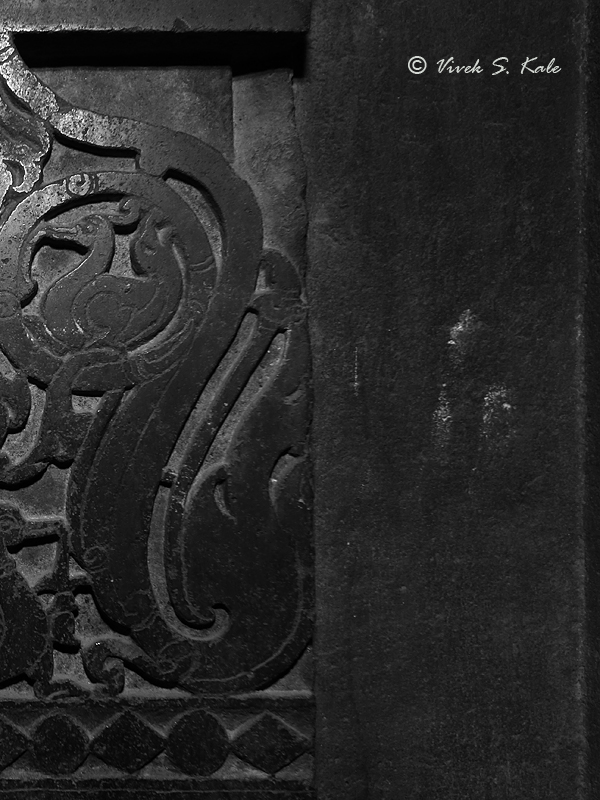
|
| |
| Ornamental design on temple pillars, Bhuleshwar, Pune district, Western ghats, Maharashtra, India
|
| |
|
|
| |
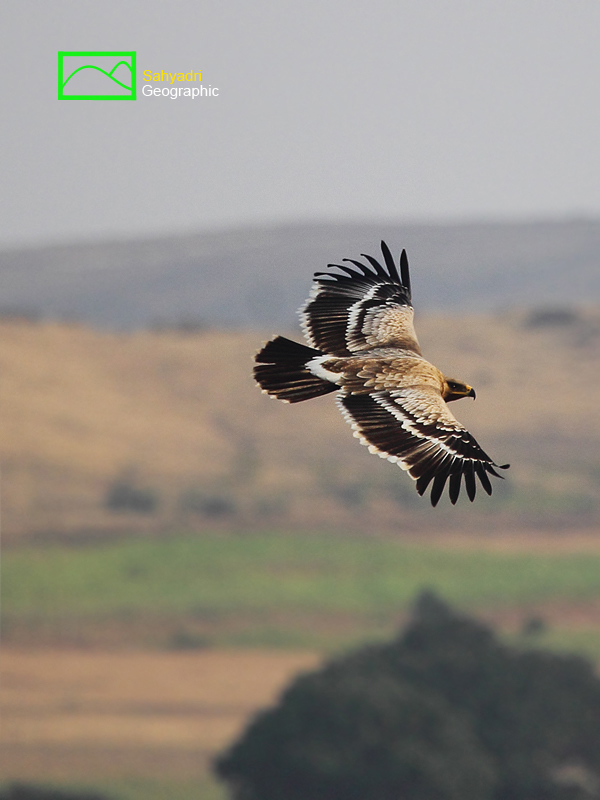 
|
| |
| Aquila nipalensis, Steppe eagle, Bhuleshwar, Pune district, Western ghats, Maharashtra, India
|
| |
|
|
स्टेपी इगल (गरुड) हा एक शिकारी पक्षी आहे. हा पक्षी स्थलांतर करुन हिवाळ्यात भारतात येतो. गवताळ माळरान हा या पक्ष्याचा अधिवास आहे. त्याच्या सारख्याच दिसणारा टौनी इगल ह अजुन एक गरुड आहे. डोळ्याखालच्या गेप (तोंडाचा भाग) च्या लांबी वरुन या दोन पक्ष्यांना ओळखता येते. पंख उघडल्यावर या गरुडाची रुंदी १-१.२ मीटर एवढी असते. उन्हाळयात हे पक्षी मध्य आशिया, युरोप मध्ये स्थलांतर करतात. हिवाळयात काही पक्षी भारतात तर काही अफ्रिकेत जातात.
|
|
The steppe eagle is a bird of prey. It belongs to the family Accipitridae. Steppe eagle is similar to the Tawny eagle The gape of the steppe eagle is an easy way to distinguish it from the tawny eagle. The gape extends beyond the centre of the eye as against the tawny. These birds are migratory. Steppe eagle winters in India and Africa and summers in Central Asia and Europe. These birds are seen in grassland.
|
|
|
| |
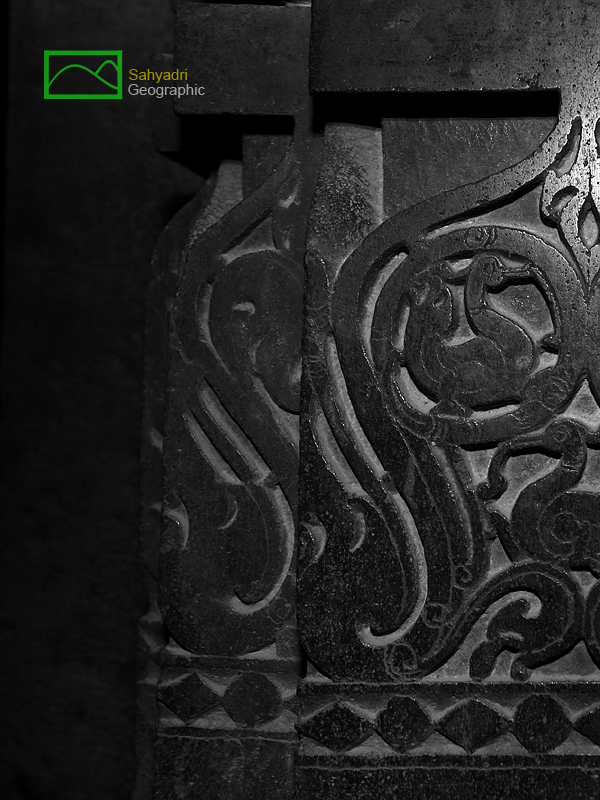 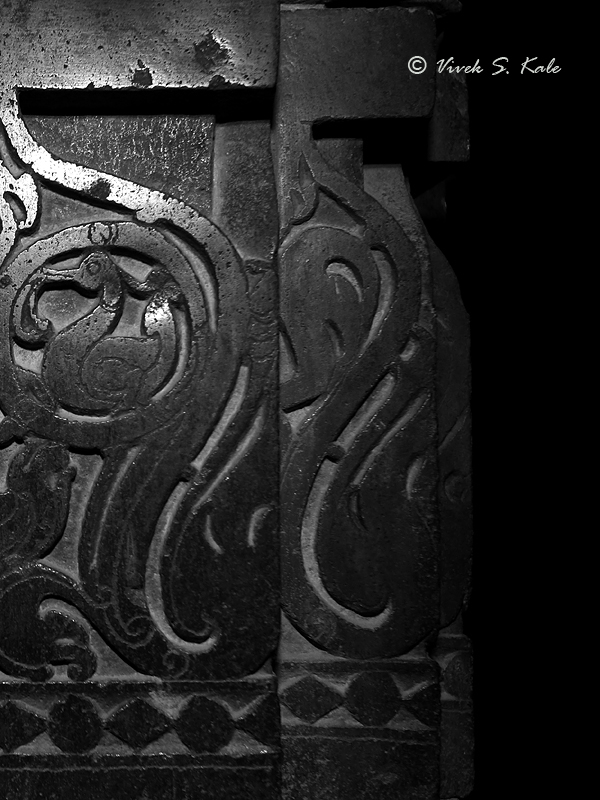
|
| |
| Ornamental design on temple pillars, Bhuleshwar, Pune district, Western ghats, Maharashtra, India
|
| |
|
|
| |
 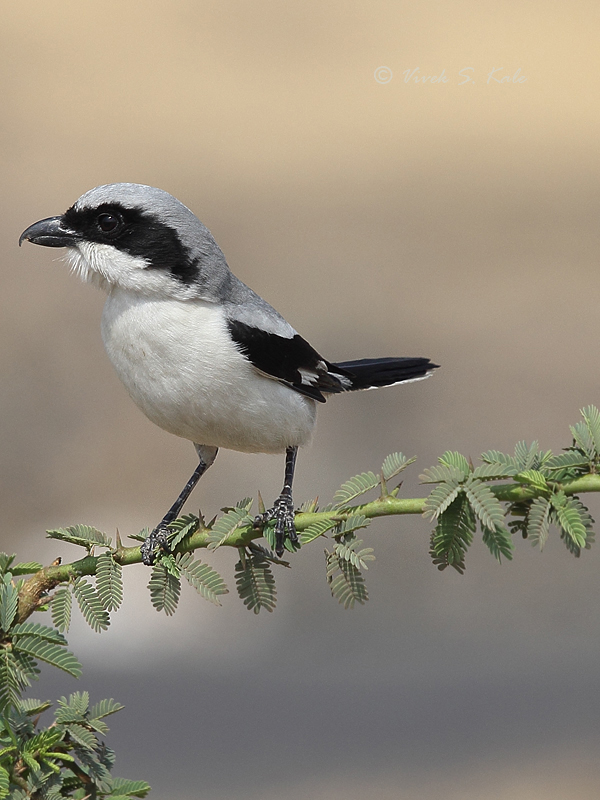
|
| |
| Lanius meridionalis, Southern grey shrike, Bhuleshwar, Pune district, Western ghats, Maharashtra, India
|
| |
|
|
करडा खाटीक हा गावाबाहेर एखाद्या बाभळीवर बसलेला हमखास दिसतो. तो त्याची तीक्ष्ण नजर आजुबाजुस काही भक्ष्य शोधण्यासाठी वापरतो. लहान किडे, भुंगे, उंदिर, सरडे व वेळप्रसंगी लहान पक्षी हे त्याचे खाद्य होय. बाभळीच्या काट्यांचा वापर करत तो भक्ष्याची चिरफाड करतो. म्हणुनच त्याला खाटिक असे म्हणतात.
|
|
The southern grey shrike is also known as rufous backed shrike. It is grey white. it has a black mask over its eye from beak to ear coverts. Its front body is white. It uses acasia thorns to struck the kills. Then it tears the kill using its bill holding the kill on the thorns. It uses this method as it can not use its feet to hold the kill, like raptors do.
|
|
|
| |
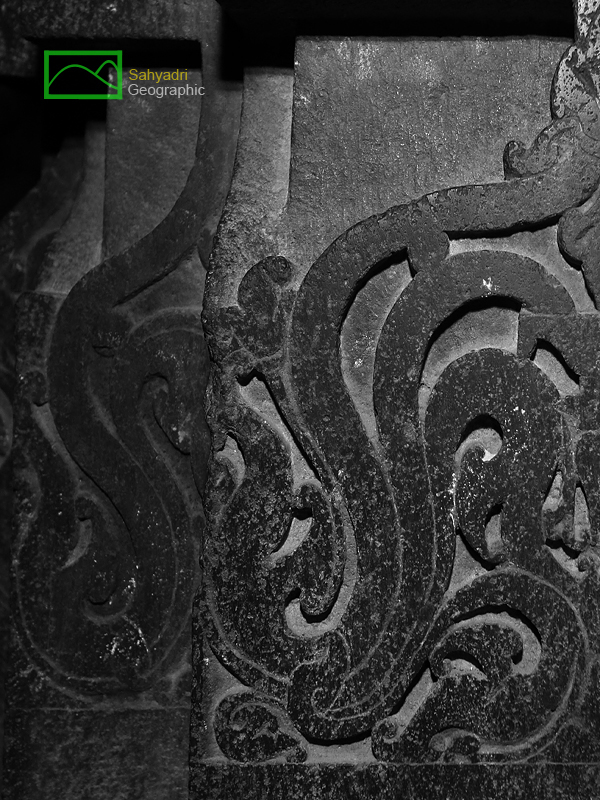 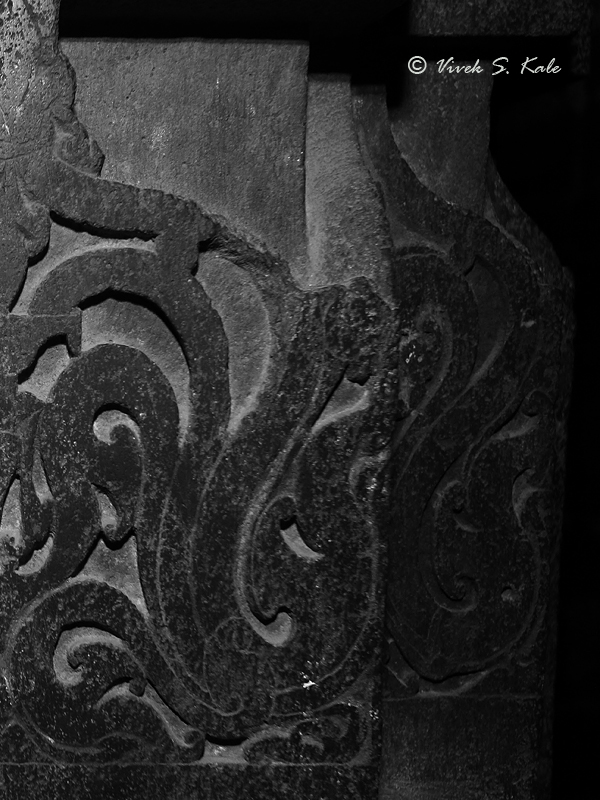
|
| |
| Ornamental design on temple pillars, Bhuleshwar, Pune district, Western ghats, Maharashtra, India
|
| |
|
|
| |
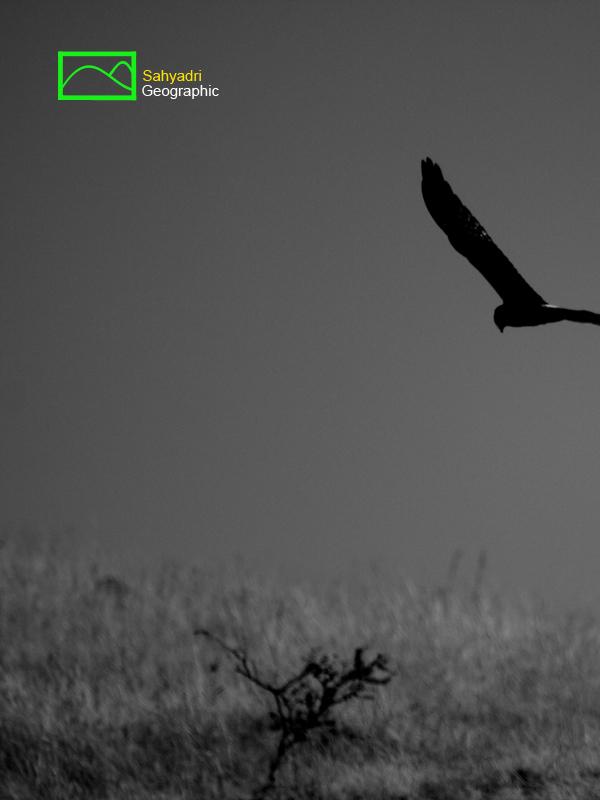 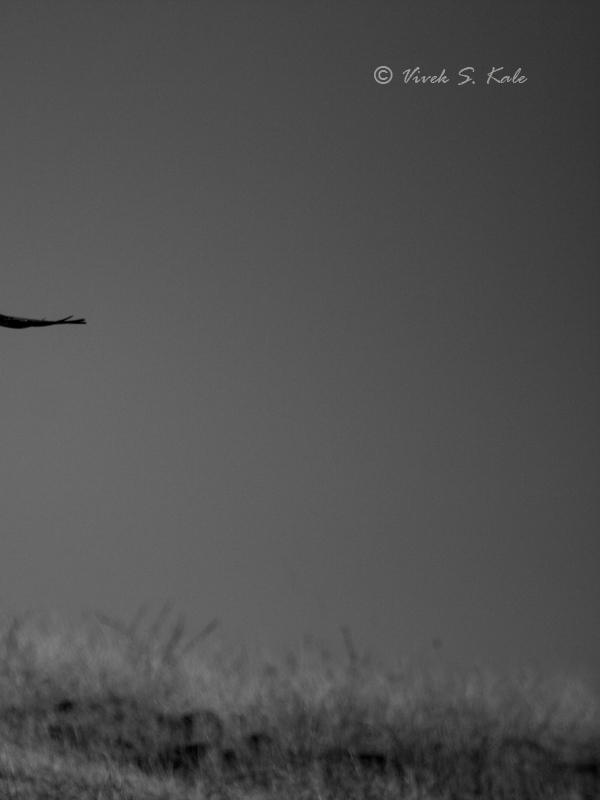
|
| |
| Circus pygargus, Montague harrier, Bhuleshwar, Pune district, Western ghats, Maharashtra, India
|
| |
|
|
| |
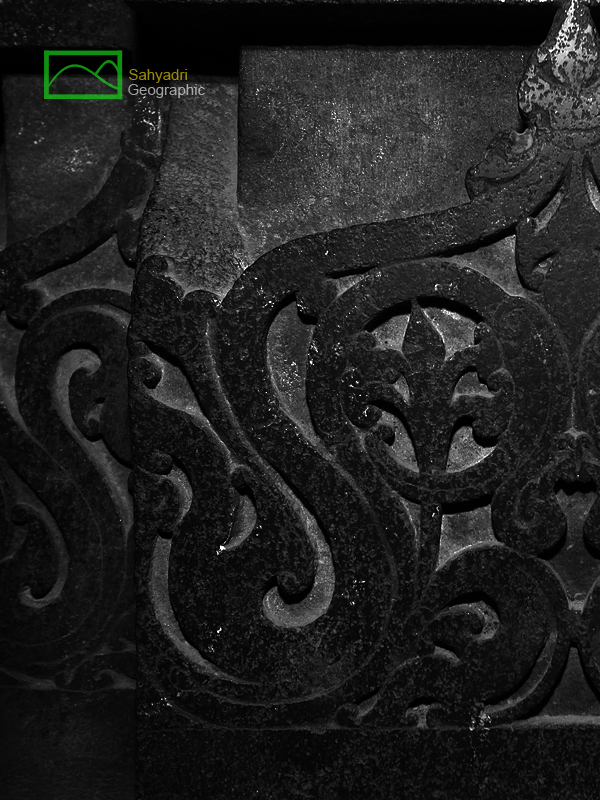 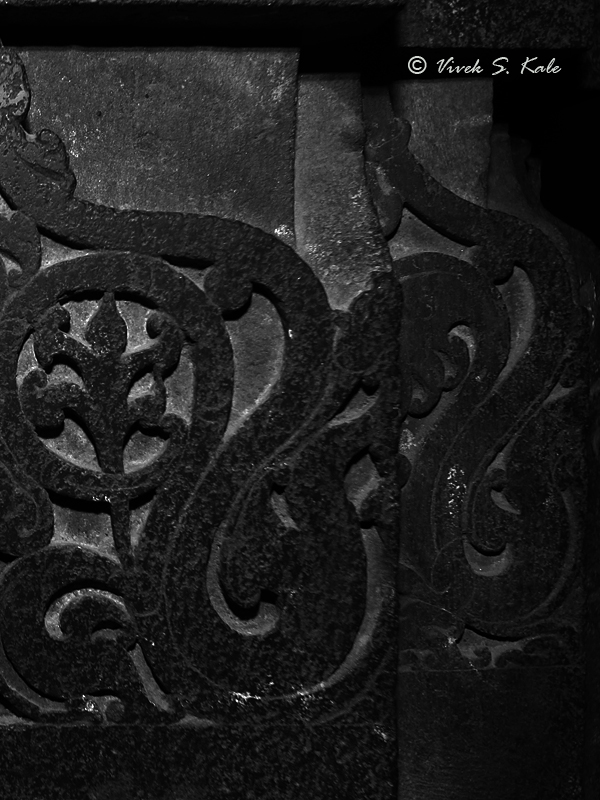
|
| |
| Ornamental design on temple pillars, Bhuleshwar, Pune district, Western ghats, Maharashtra, India
|
| |
|
|
| |
 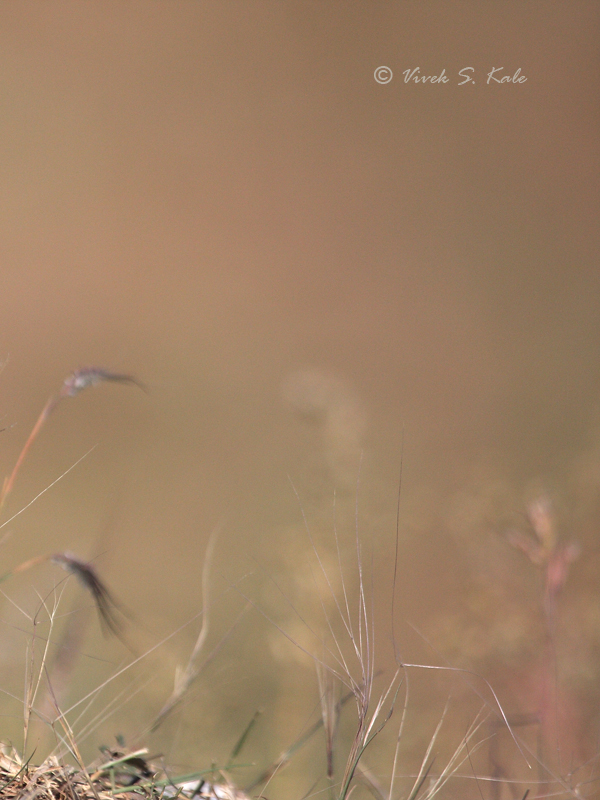
|
| |
| Galerida deva, Syke's lark, Bhuleshwar, Pune district, Western ghats, Maharashtra, India
|
| |
|
|
सायके चंडोल हा ओसाड गवताळ भागात आढळतो. त्याला तुरा असतो. तो रंगाने थोडा लालसर असतो. त्याच्या पोटाकडे समोर उभ्या रेषा असतात. मलबार चंडोलापेक्षा तो आकाराने लहान असतो. ओसाड भागात तो किडे व गवताच्या बिया खाताना आढळतो.
|
|
Sykes's Lark (Galerida deva) is a lark which is found in dry and arid region in Central India. It has prominent crest and has Rufus color It has streaks on its breast. The bird is seen in dry region, grasslands, rocky small hills. It feeds on insects and seeds.
|
|
|
| |
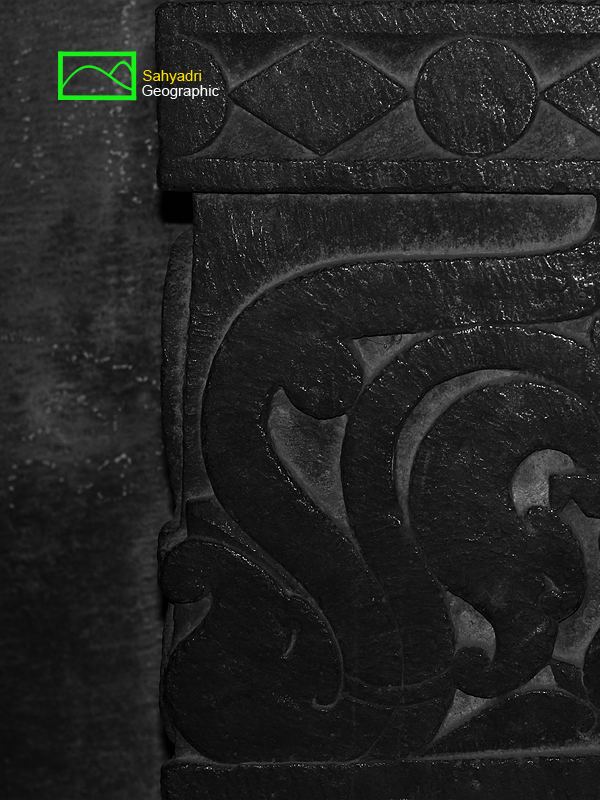 
|
| |
| Ornamental design on temple pillars, Bhuleshwar, Pune district, Western ghats, Maharashtra, India
|
| |
|
|
| |
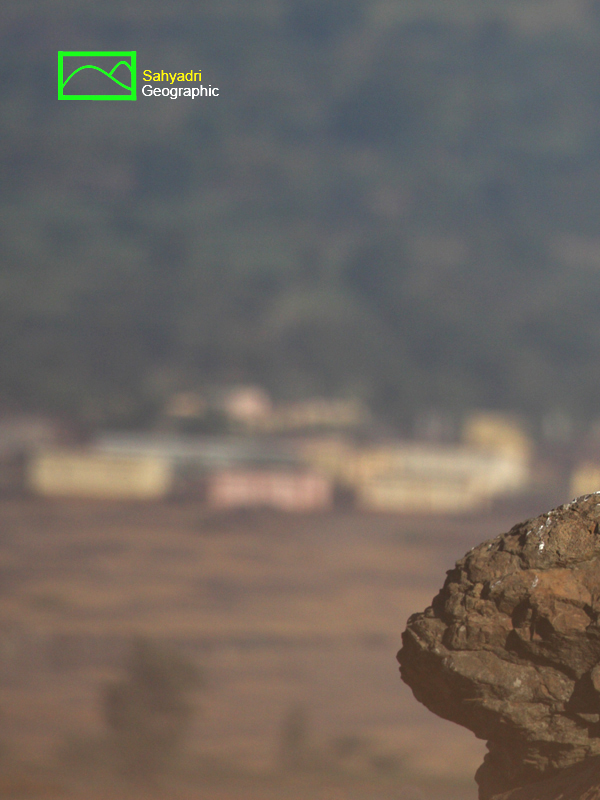 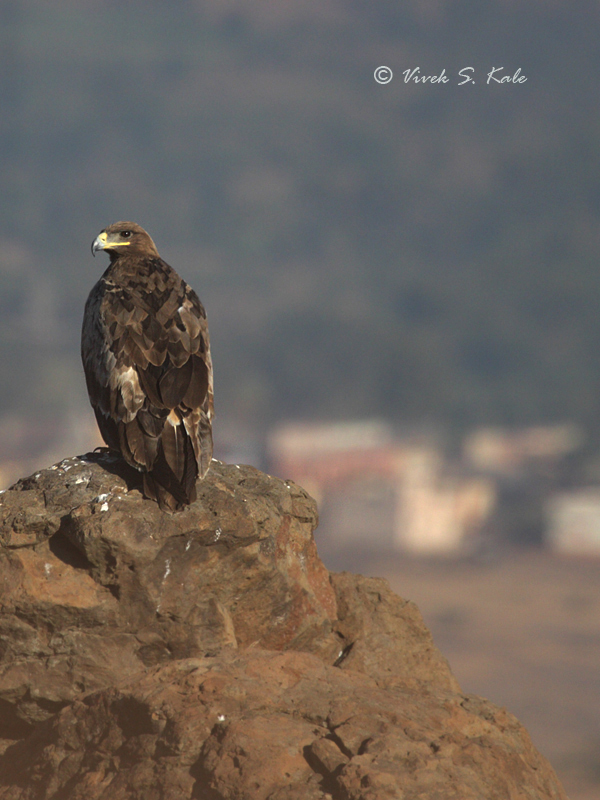
|
| |
| Aquila nipalensis, Steppe eagle, Bhuleshwar, Pune district, Western ghats, Maharashtra, India
|
| |
|
|
| |
 
|
| |
| Ornamental design on temple pillars, Bhuleshwar, Pune district, Western ghats, Maharashtra, India
|
| |
|
|
| |
|
References :
Contact me at kale_v@rediffmail.com for any queries and suggestions.
|
|